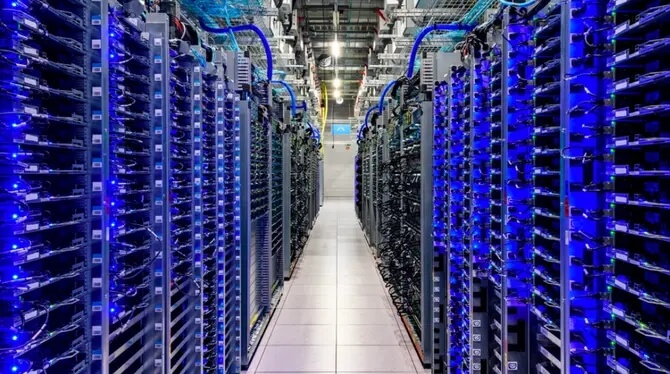Optimizing data center cooling efficiency is a vital aspect of managing operational costs and ensuring the longevity of critical IT equipment. One innovative approach to enhancing cooling efficiency involves the use of lithium bromide solution in absorption cooling systems. This system, primarily driven by thermal energy rather than electrical energy, offers a sustainable and efficient method for data center cooling. Let’s delve into how lithium bromide solution can be utilized to optimize data center cooling efficiency.
Table of Contents
Understanding Lithium Bromide Absorption Cooling Systems
An absorption cooling system operates on the principle of absorbing refrigerant vapor into another liquid (the absorbent). In the context of data center cooling, the system uses water as the refrigerant and lithium bromide solution as the absorbent. This choice is due to lithium bromide’s high affinity for water, making it an efficient pair for creating a refrigeration cycle that operates at a lower pressure and temperature compared to traditional methods.
Key Components and Operation
- Generator: Solar, waste heat, or another heat source is used to heat the lithium bromide solution, which releases water vapor.
- Condenser: The water vapor is then condensed into a liquid by releasing heat to the environment.
- Evaporator: The liquid refrigerant absorbs heat from the data center, evaporates, and reduces the room temperature.
- Absorber: The lithium bromide solution absorbs the water vapor from the evaporator, completing the cycle.
Steps for Optimizing Data Center Cooling Efficiency
1. Utilize Waste Heat: One of the most significant advantages of using a lithium bromide absorption cooling system is its ability to utilize waste heat from servers or other equipment as an energy source for cooling. This recycling of heat greatly enhances overall energy efficiency.
2. Incorporate Solar Thermal Panels: By integrating solar thermal panels to provide the heat required for the generator, you can further reduce the system’s operational costs and its carbon footprint, making the data center more sustainable.
3. Optimize System Design: Customizing the absorption system’s design based on the specific cooling needs of your data center can greatly influence efficiency. Factors such as the concentration of the lithium bromide solution, the size of the components, and the system layout should be optimized for maximum performance.
4. Implement Advanced Controls: Utilizing smart controls that can adjust the cooling system’s operation based on real-time data center thermal loads can significantly improve efficiency. These controls can manage the flow rates of the lithium bromide solution and refrigerant, adjusting them as needed to meet cooling demands dynamically.
5. Regular Maintenance: To ensure the system operates at peak efficiency, it’s essential to conduct regular maintenance. This includes checking for leaks in the system, ensuring the lithium bromide solution maintains its optimal concentration, and cleaning the components to prevent scaling and corrosion.
6. Use Energy Recovery Ventilators (ERVs): ERVs can be used in conjunction with the cooling system to pre-cool the incoming air using the colder exhaust air. This reduces the cooling load on the system and improves efficiency.
Conclusion
The use of lithium bromide solution in absorption cooling systems represents a promising avenue for optimizing data center cooling efficiency. By leveraging thermal energy sources, such as waste heat or solar energy, these systems can significantly reduce electricity consumption and operational costs. Additionally, the sustainability aspect of using natural refrigerants and renewable energy sources aligns with growing environmental concerns and regulations. Implementing such systems, however, requires careful planning, design, and maintenance to achieve the desired efficiency gains.
Implementing a cooling strategy that harnesses the unique properties of lithium bromide solution can markedly increase the sustainability and efficiency of data centre operations, reducing both environmental impact and operational costs.
Contact us today to start optimising your data centre cooling system.









